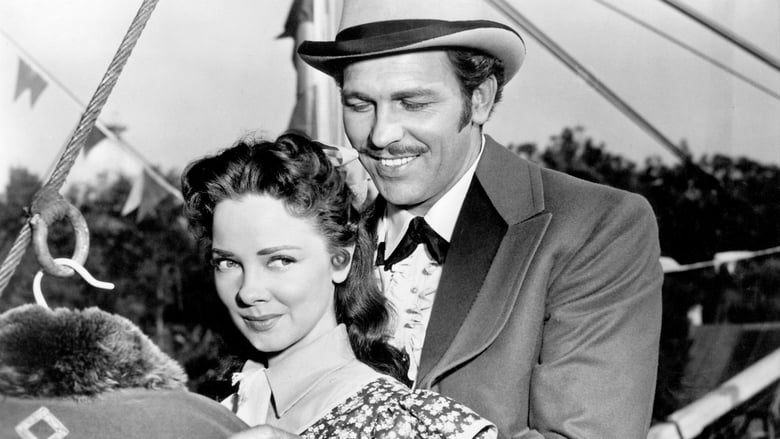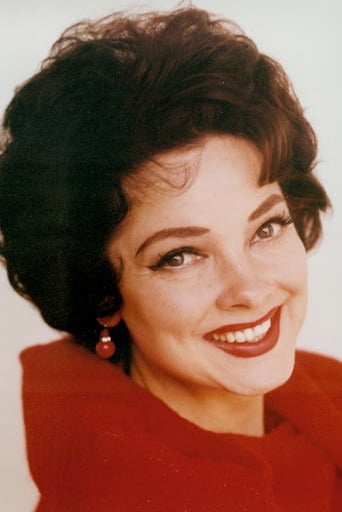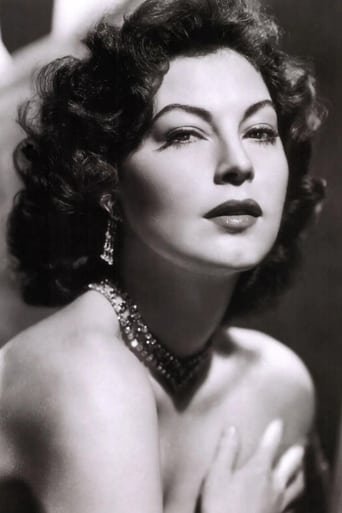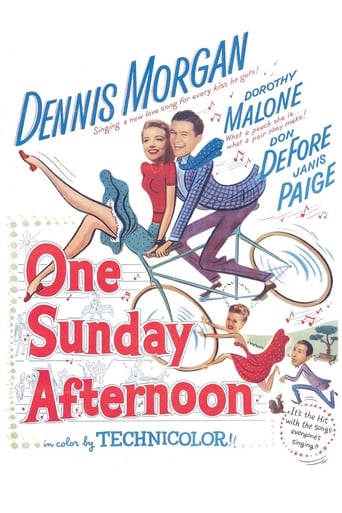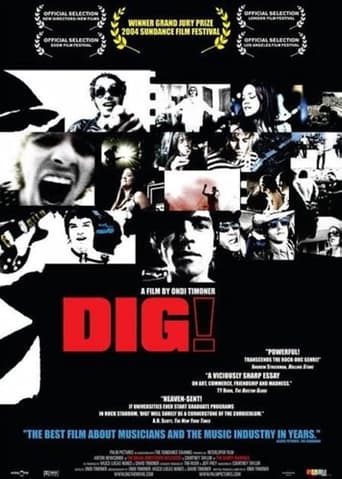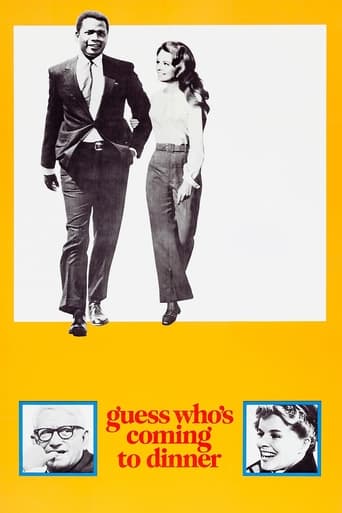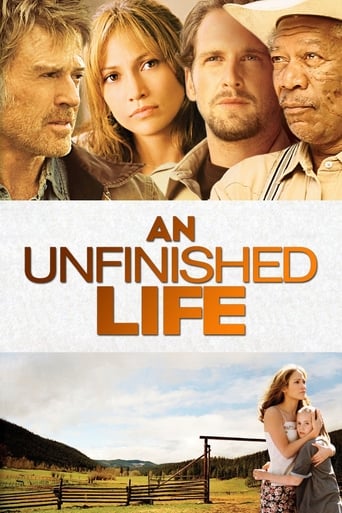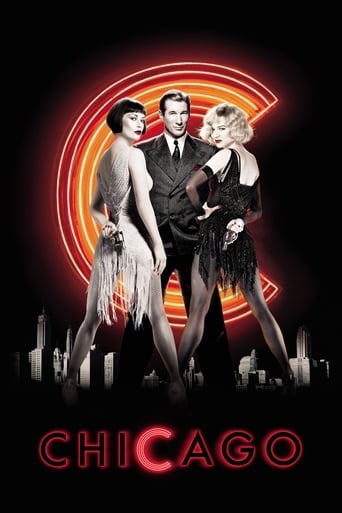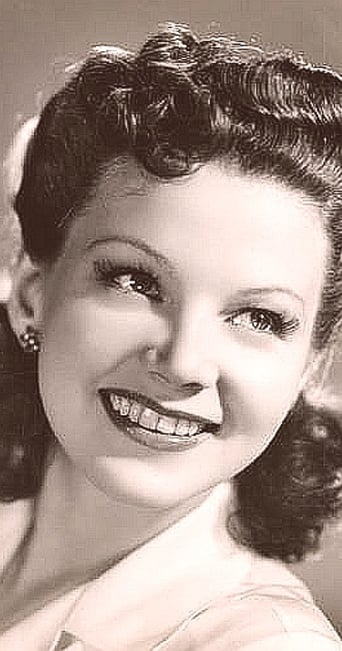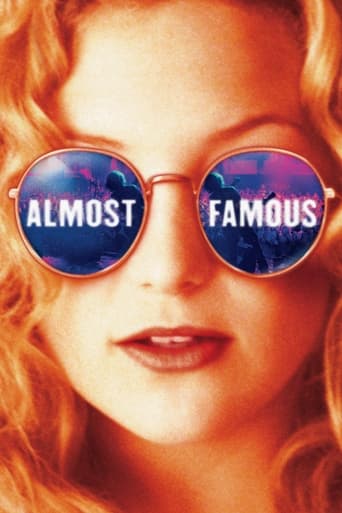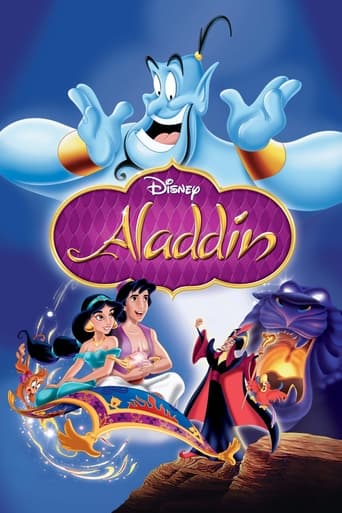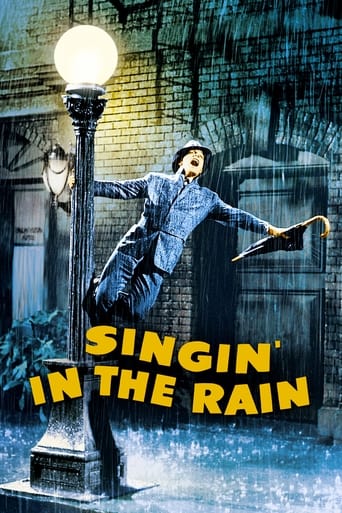Show Boat (1951)
A dashing Mississippi river gambler wins the affections of the daughter of the owner of the Show Boat.
Watch Trailer
Free Trial Channels
Cast


Similar titles
Reviews
That was an excellent one.
Good , But It Is Overrated By Some
Don't listen to the Hype. It's awful
Best movie ever!
I recorded and watched this movie when it aired on TCM recently. I am primarily a fan of non-musicals, mainly comedies and drama. Usually the only musicals I get into are WWII-era musicals. So since this was adapted from a fictitious musical stage show, it was a bit of a stretch for me. Nonetheless, I fast-forwarded through some of the music just to see the drama elements here and there. I did enjoy "Old Man River" though.The parts that impressed me the most, and I don't see much if any mention of it in these reviews, are the wonderful chemistry between Joe E. Brown and Kathryn Grayson. In it he plays the type of caring father who welcomes his daughter back with wide open arms, under any conditions. You can see it in Brown's eyes, and then Grayson always reciprocates the sentiment in her eyes. You can say what you want about his comic "Happy New Year" parts, but for me the real "meat" of this movie is seeing the warm father/daughter relationship throughout the movie. I first noticed it early on when he is understanding and even dreamy-eyed while his daughter kisses the gambler on stage, despite the mom (Moorehead's) rejection of the gambler. Brown's unconditional acceptance is consistent throughout the rest of the film, all the way to the end.Brown was a minor actor by the time this movie was made. Although I am not familiar with everything he did later on in life, this is probably the most true-to-life part he played.Most people know Brown for his slapstick roles. Among those: Earthworm Tractors, Alibi Ike, The Circus Clown, and Fireman Save My Child. Or even for the bit he did later on in Some Like It Hot. What is probably less known is the amount of time he dedicated to entertaining the troops during WWII.I have read a couple of Brown's books, and in particular one called Your Kids And Mine. It is a documentary of his extensive experiences while he served at the Hollywood Canteen during WWII. Furthermore, he often traveled abroad at his own expense to entertain soldiers. From the Wikipedia entry for Joe E. Brown: "Brown was one of only two civilians to be awarded the Bronze Star in World War II." So here in glorious Technicolor, you get to see Brown be fatherly on film, just like he was in real life. And that is what makes this movie for me.
Beautifully wrought version of the Edna Ferber novel may not hew as closely as the earlier Irene Dunne take on the story but is a sublime pleasure nonetheless.The music by Kern and Hammerstein is some of the best either ever composed sung by extremely talented performers Kathryn Grayson and Howard Keel. Both do excellent work both musically and dramatically even if early in the film its a bit of a stretch for Kathryn to be believable as the teenage Magnolia. Taking full advantage of being shot in Technicolor the film is a feast for the eyes brimming with vibrant purples, reds and greens as well as being loaded with talent. And what talent, Marge & Gower Champion contribute several fine numbers full of bounce and zest, Joe E. Brown is a memorable Cap'n Andy funny and touching in turn, Agnes Moorehead delightful as the vinegary Parthy and William Warfield provides a soaring and haunting Ol' Man River. The real standout however is Ava Gardner as the tragic, wounded Julie. Originally intended for Judy Garland until her meltdown and firing and while she would have made a memorable Julie full of jittery vulnerability Ava nails the part with a haunted sadness. A shame they felt the need to dub her vocals since they do appear on the cast album and are both very good and have the right feeling for the songs. Her final scene is a star making moment as surely intended by Metro. Across the board this is a five star winner of a movie musical, one of the best the dream factory ever turned out.
It's not possible to watch this film without comparing to the 1936 version. Both films have their strengths and weaknesses and if it were possible to combine the best elements of both, I think you would end up with a definitive version. What's mainly lacking in the '51 version is Whale's attention to narrative and his inspired staging, which told stories within stories. I am missing the lover's nighttime tryst on top of the riverboat with the mist swirling around them, the wonderful montage of suffering and toil during Robson's "Old Man River", the charwoman's faces as Dunne auditions in the Trocadero and most of all the incredibly staged New Year's Eve scene which was pure movie magic. By contrast, Sidney's staging is claustrophobic and mundane, which serves well enough for the Champion's excellent dance numbers - but all that is really required here is to hold the camera steady - and well enough for Gardner's scenes because here's an actress who knows how to emote with her whole body and and is able to completely inhabit even this cramped and uninteresting framing. Grayson, doesn't fare as well, she seems lost and lacking in affect compared to poignancy of Dunne's luminous performance. To be fair, Sidney seems to have no clue how to present her character, which is most glaringly obvious when he trots her out in a hideous bottle green dress for her over lit Trocadero number. In Whale's version this scene is probably the emotional high point of the film. Dunne is framed in long shot, a tiny ethereal presence isolated on a cavernous black stage, transforming her into a fragile, otherworldly creature who just blew in from another realm. Very disappointing.Which brings me to the next problem - costuming. Just because it's Technicolor and you can showcase every noxious color in the spectrum and bring every light to bear on it doesn't mean you should. Less would have been better here, even if Gardner is gorgeous enough to carry off the most blinding hues of magenta and gold - she shouldn't have to. I often felt sorry for Grayson, perpetually squeezed into gowns that made her head look several times too large for her body.Much or the casting is also misjudged, though this holds true for both films. While the captain is written to provide some comic relief to what is probably the most melancholy of classic musicals, Brown turns the part into too much of a bad joke. Keel on the other hand is fine, though a bit too strong for the part of the weak and feckless riverboat gambler. But too much presence is preferable to the utter absence of it brought by Allan Jones. In spite of this miscalculation, Keel still manages to convey some of the wistful sadness of the story, a responsibility that he is left to shoulder alongside Warfield and Gardner in the face of Sidney's bland and bloodless imagery. Moorehead also was fine, what little I saw of her, as her part was almost completely written out. I could have done with more of her and a lot less of the unlovable Helen Westley of the '36 version. Warfield's amazing voice and emotive power was an entirely acceptable alternative to Robson for me, but again, Gardner's departing carriage,though not unaffecting is still an inadequate substitute for the original montage. Last, but by no means, least, I am going to go out on a limb here and say that as much as I admire Helen Morgan as Julie LaVerne, I prefer Gardner, dubbing and all. She basically carries the movie and I found myself waiting through scenes to see her back on screen. Although she didn't have to, I doubt that Morgan could have brought that off. Many speak of that last shot, but for me Gardner delivers her best during her final scene with Keel on the riverboat - she brings all the physicality the part requires effortlessly - proving that she really knows how to work a red dress.To sum up, Whale's version is elevated by a compelling expressionistic vision but somewhat hampered by a few casting mistakes. Conversely, Sidney's film is sunk by a banal conceptualization and only partially rescued by some lucky casting and extraordinary talent. Both films are worth watching for different reasons and beyond the obvious comparisons, probably both should be watched, as they seem to inform one another.
I really liked this version of Show Boat. Some people negatively compare Ava Gardner with Helen Morgan, who played Julie in the 1936 film version as well as on Broadway, but I think Miss Gardner was fantastic. Her scene in the dressing room when she realizes Magnolia is on stage singing "Can't Help Lovin' Dat Man" was truly heartbreaking, especially when she starts drinking. Her "Bill" was also really quite moving (although dubbed by Annette Warren,) especially when she acknowledges that her ring finger no longer has a wedding ring on it. The 1936 version of the film is a real gem and should not be missed for Show Boat fans, but this version should not be dismissed either!


